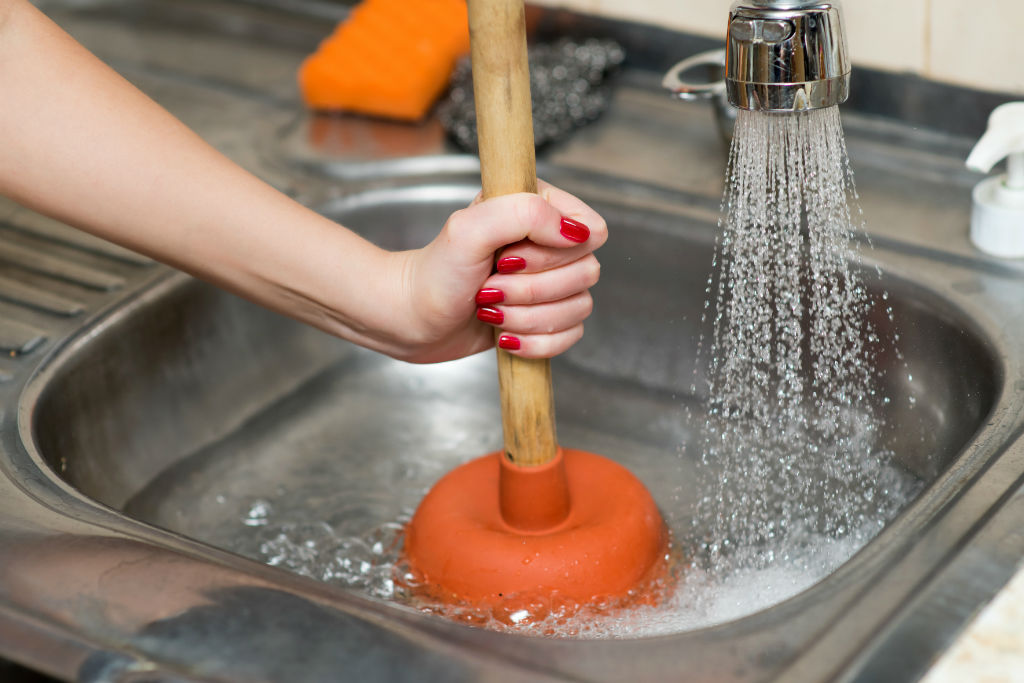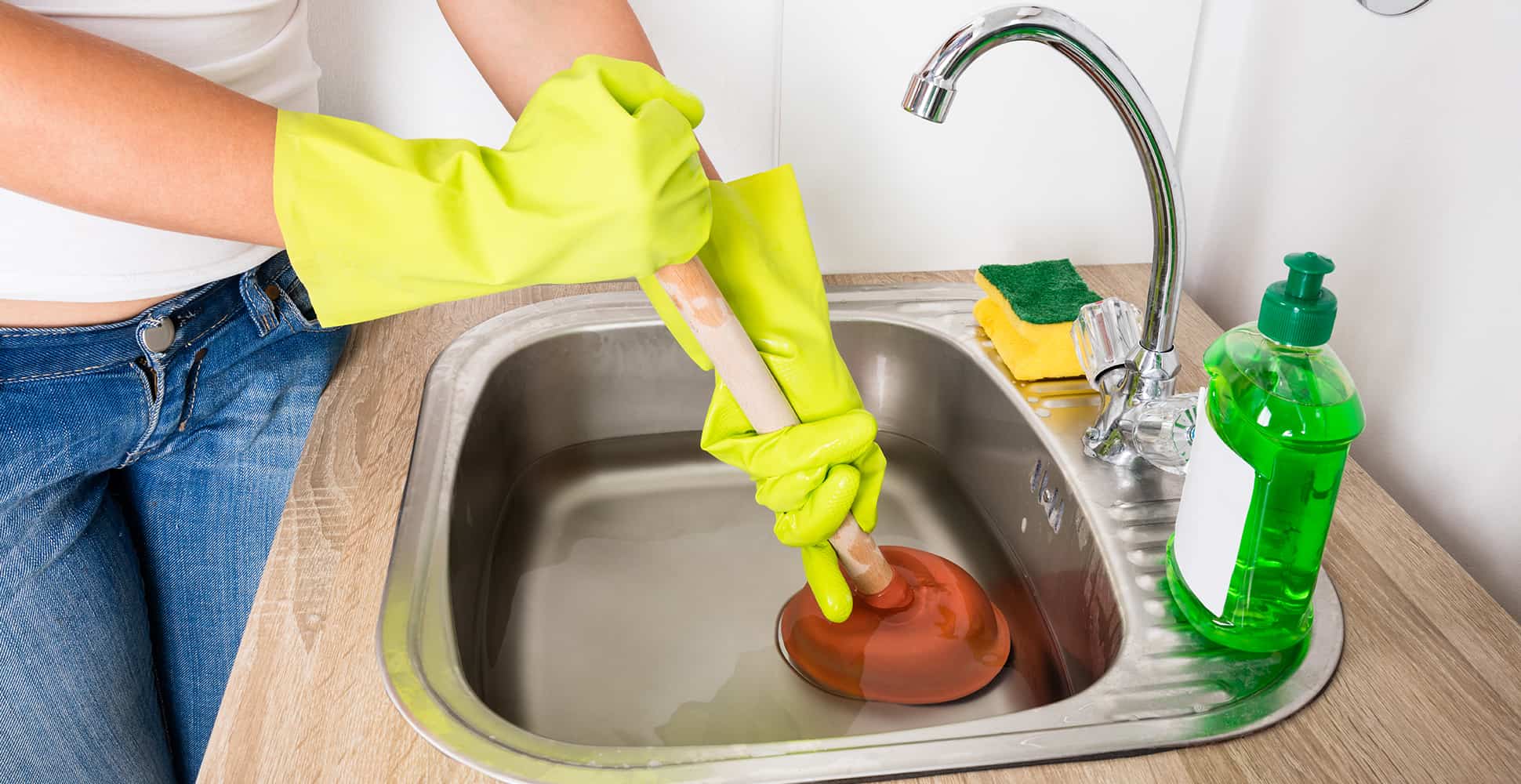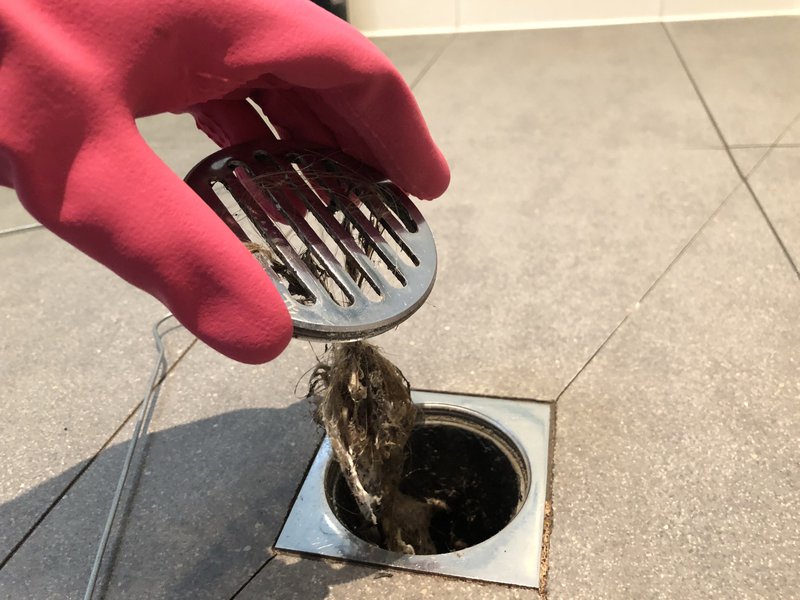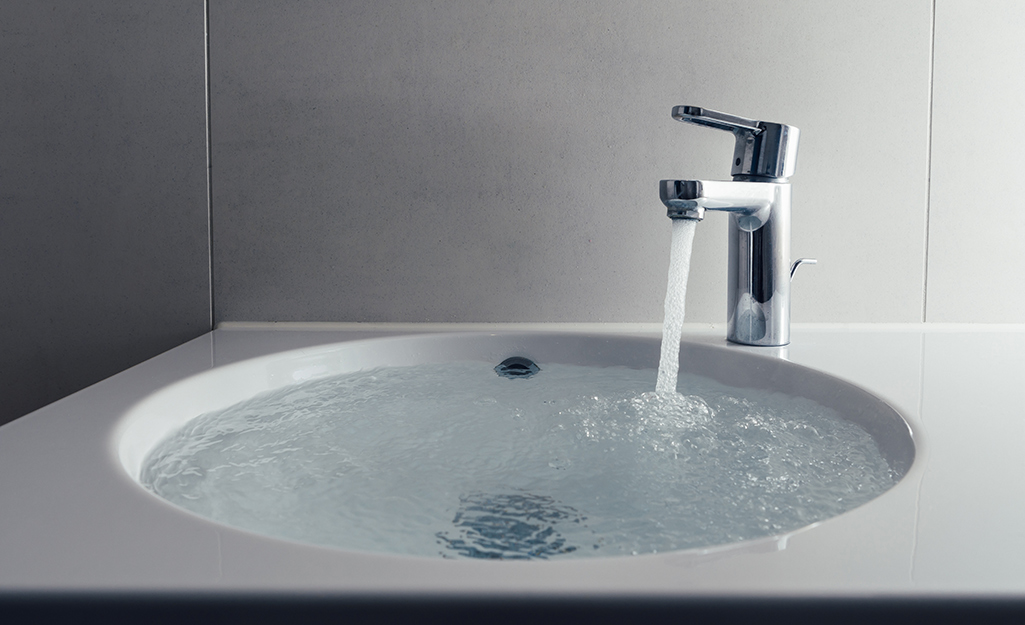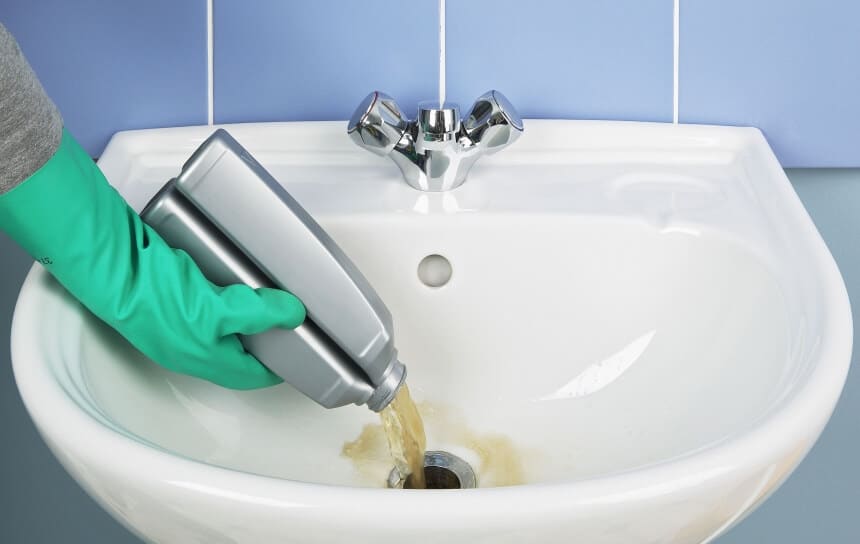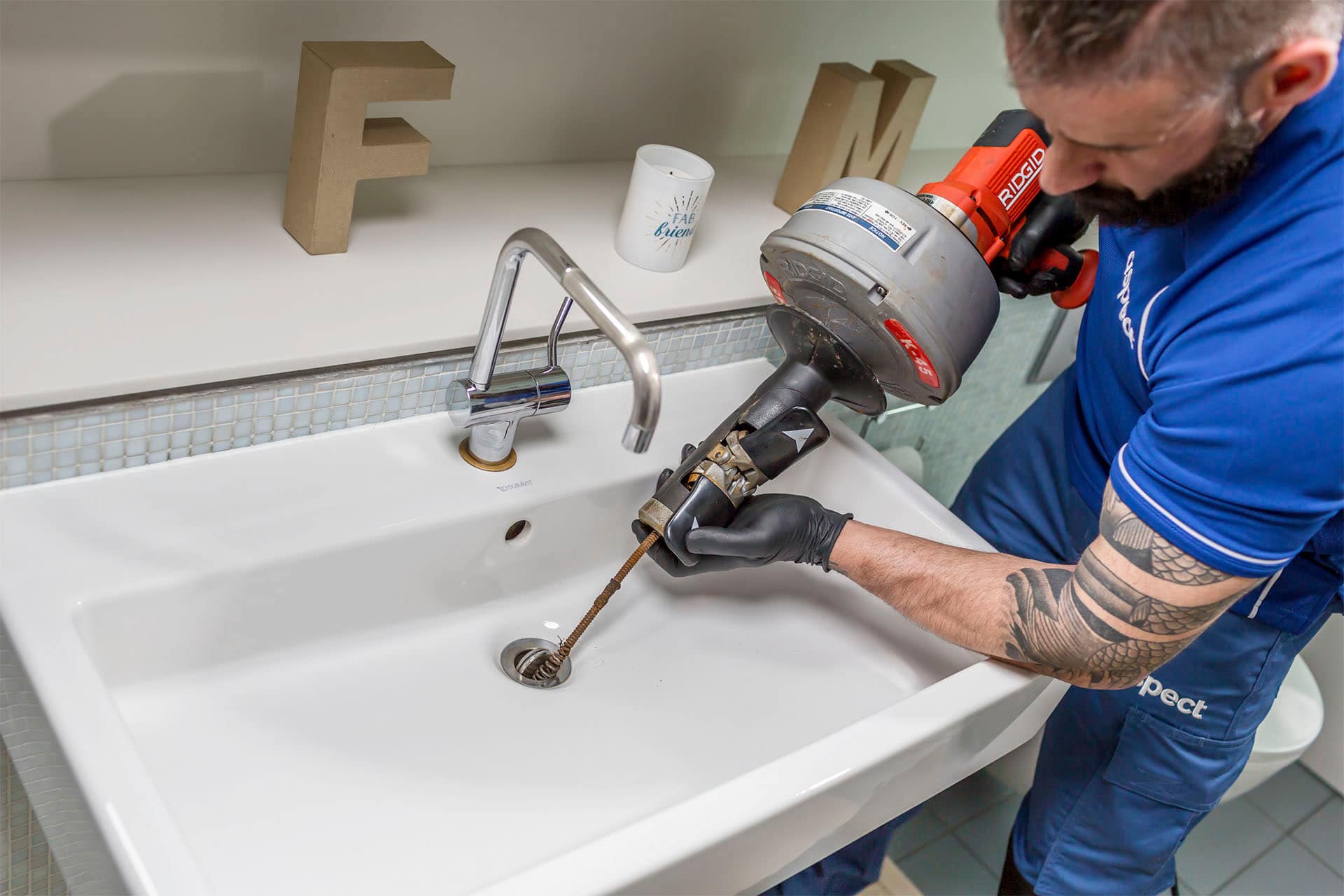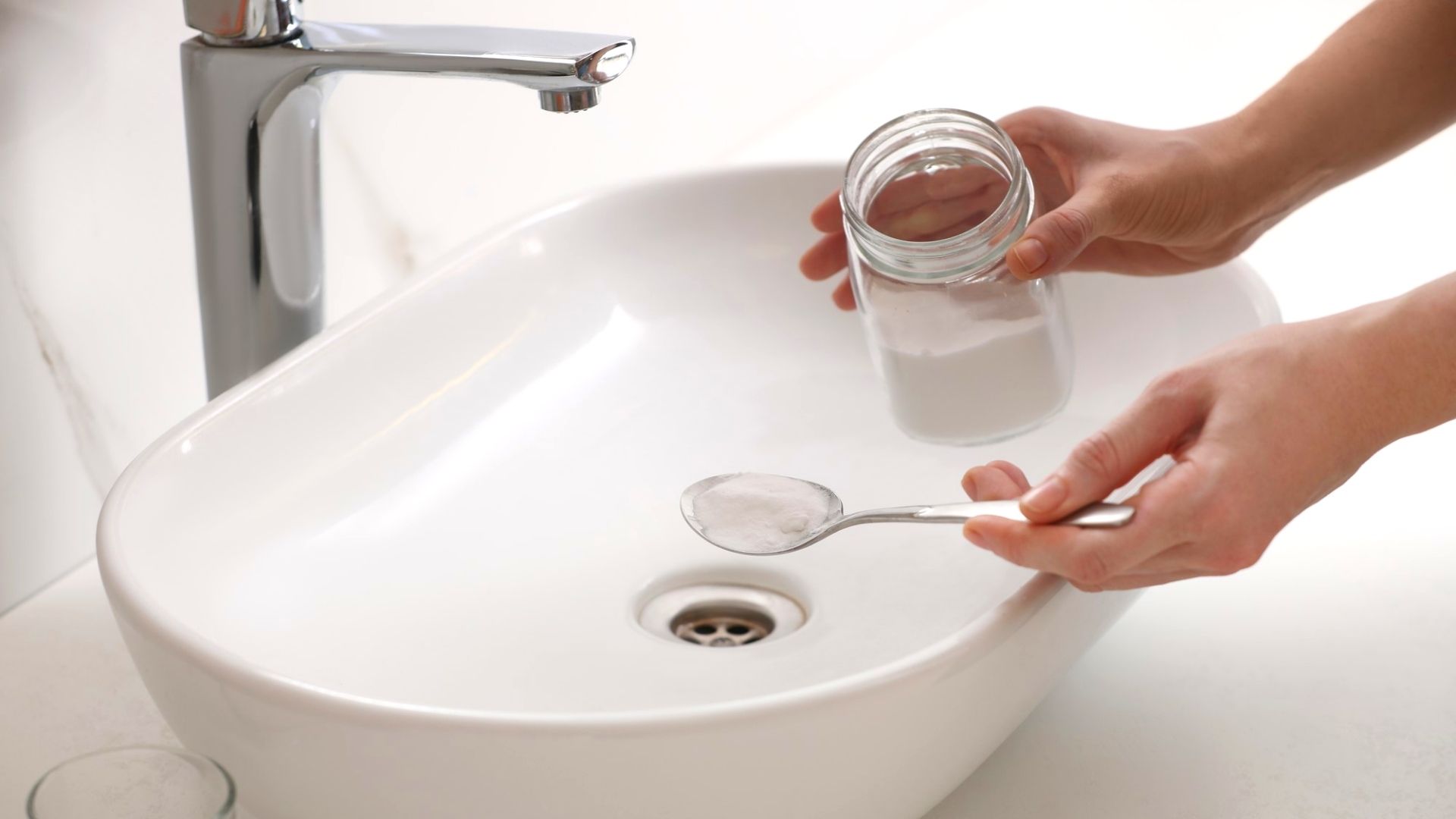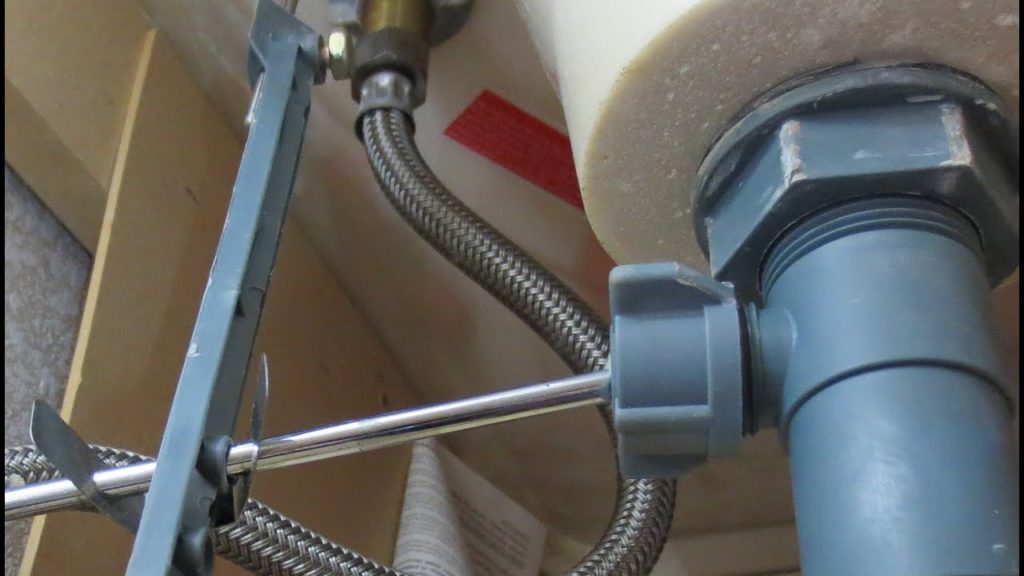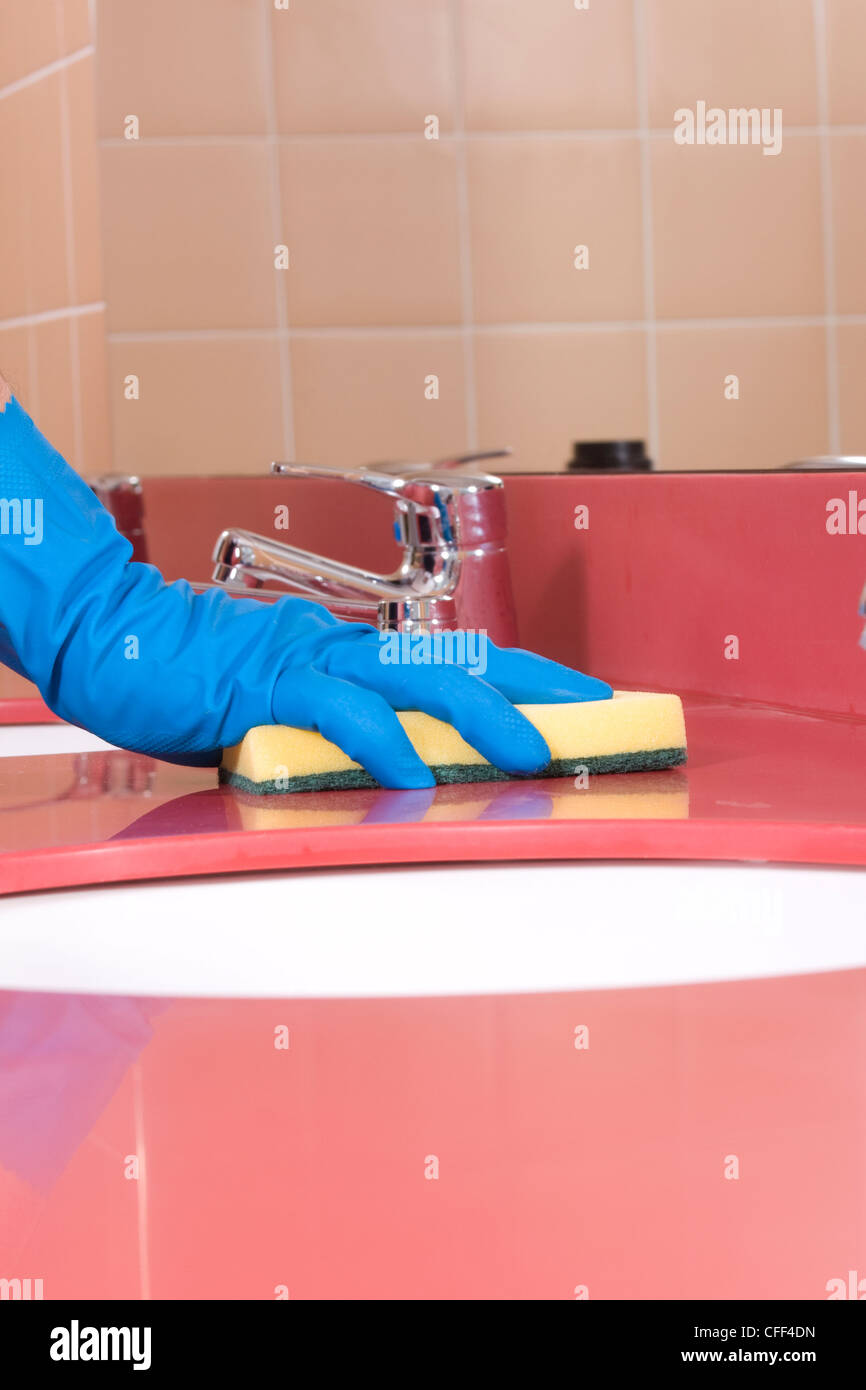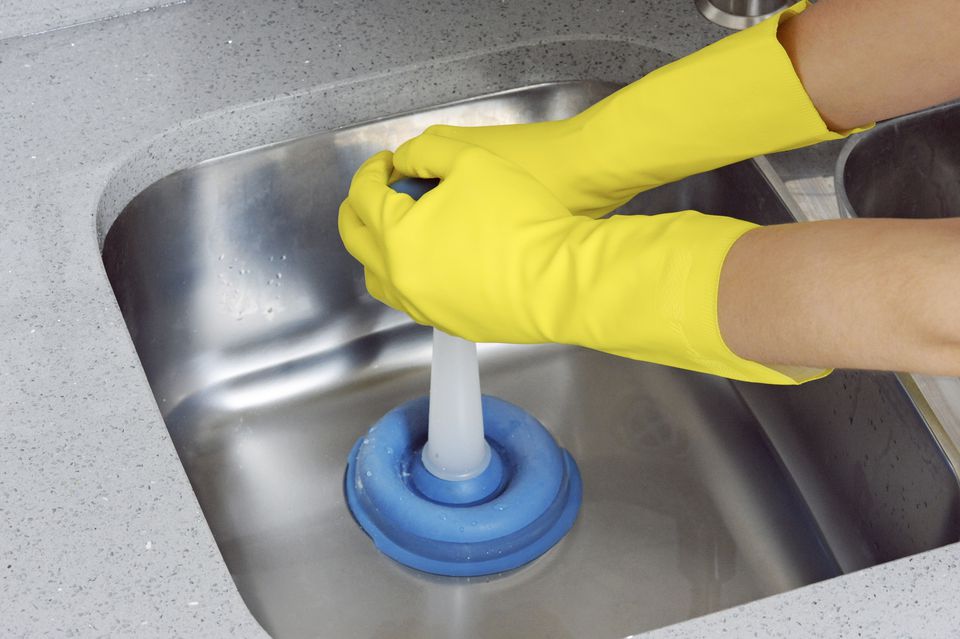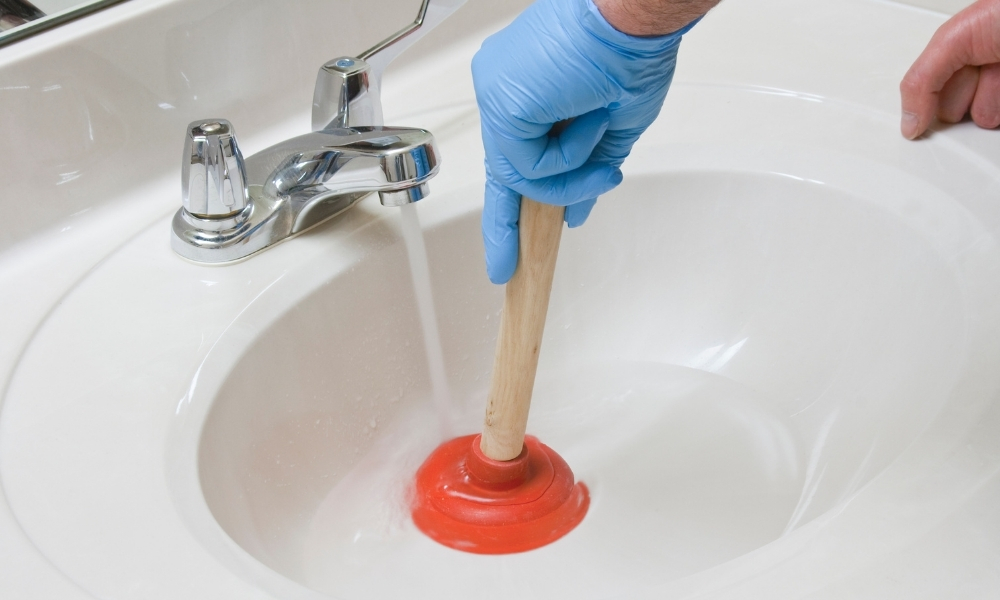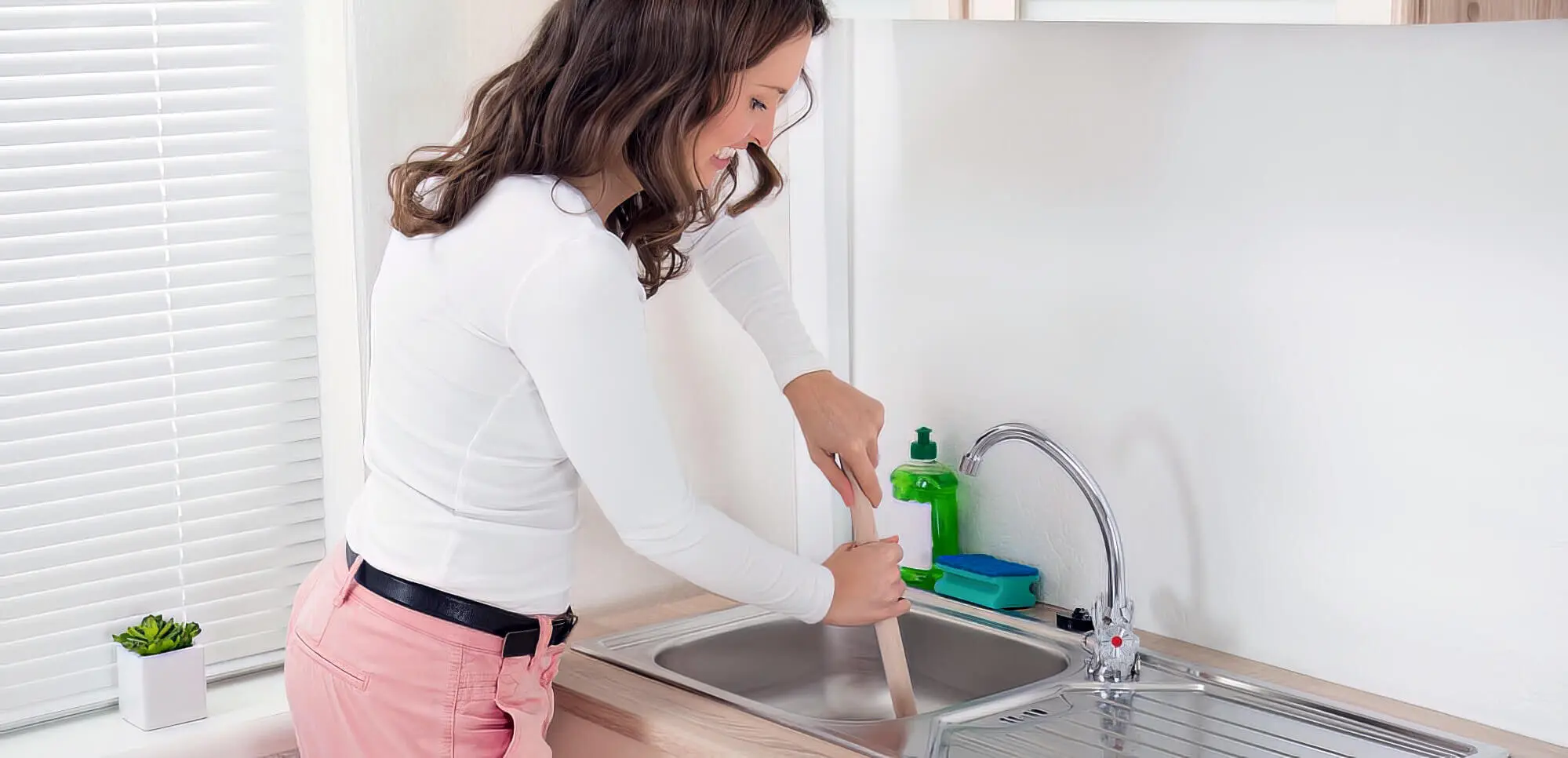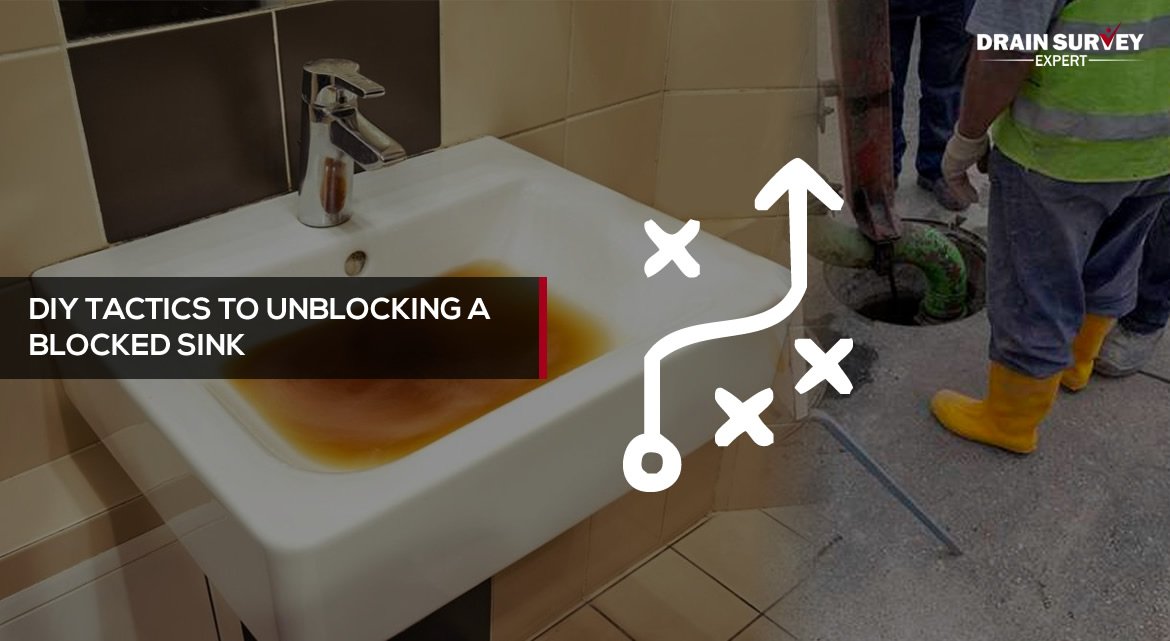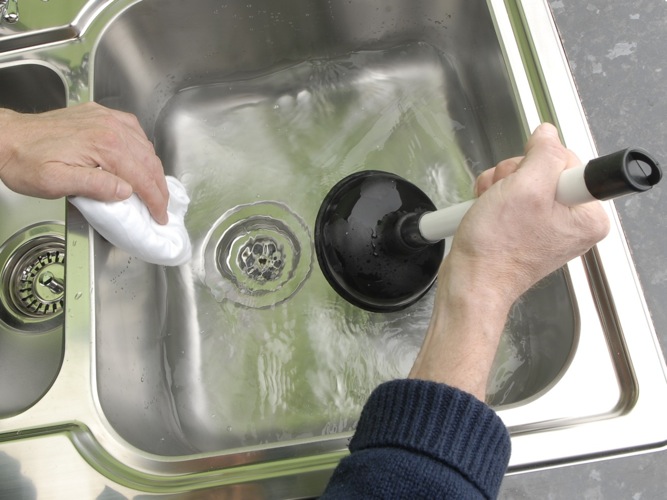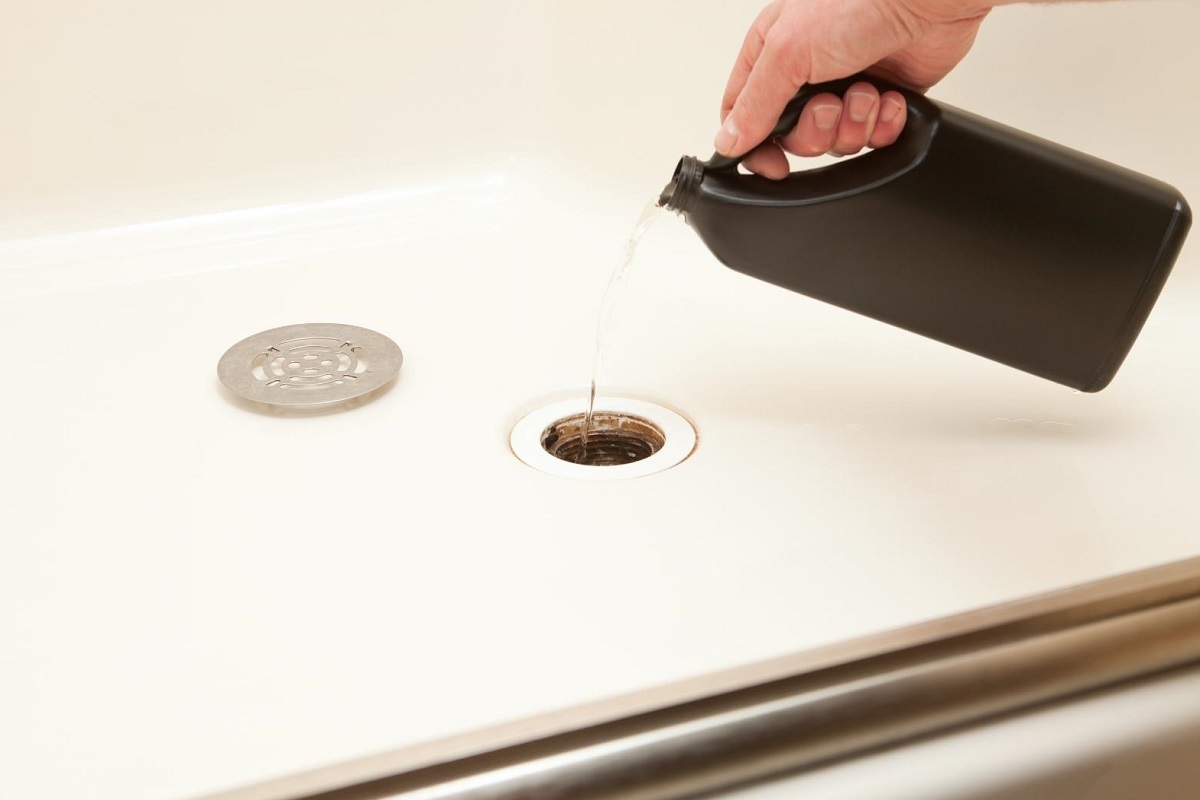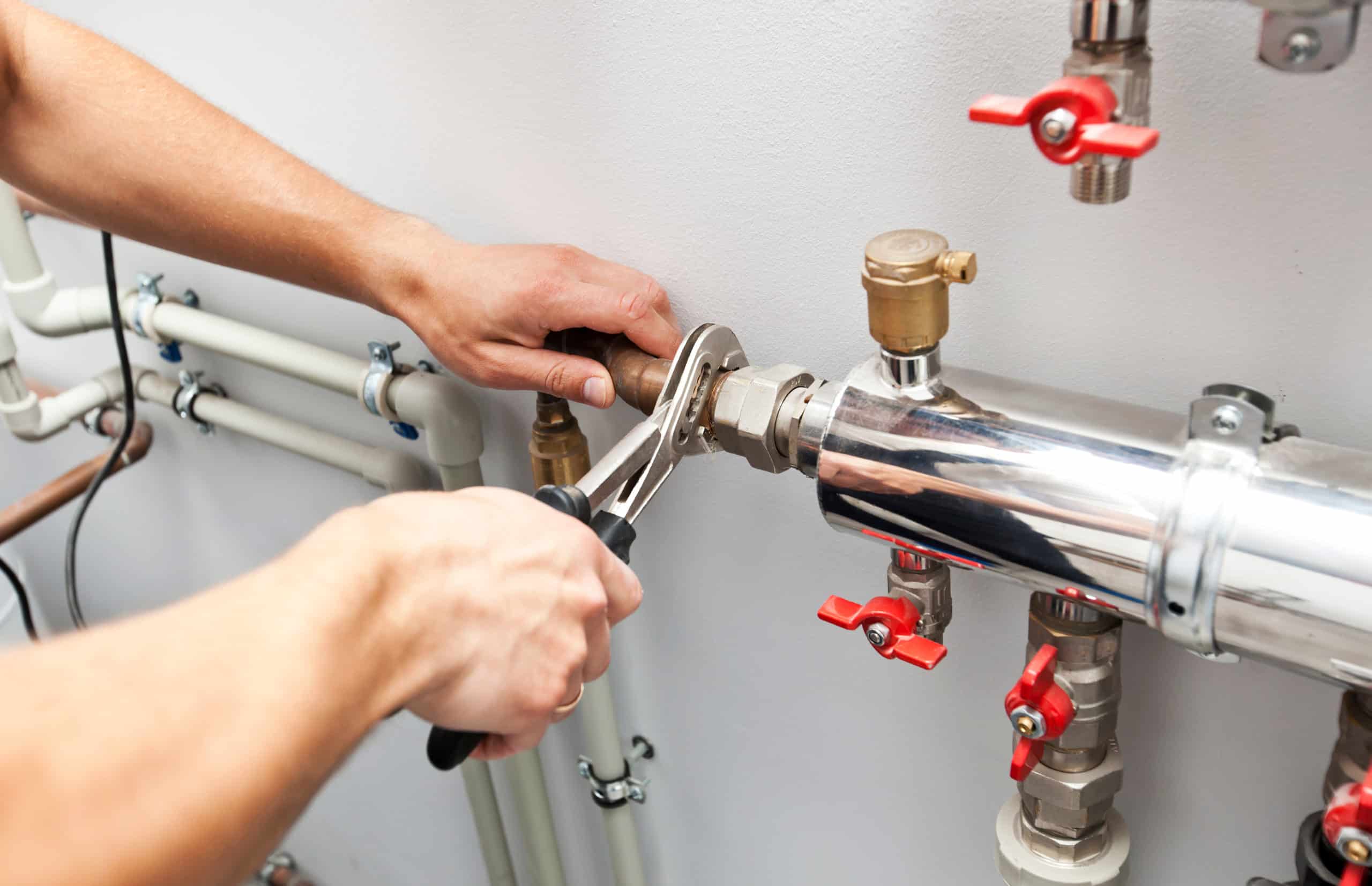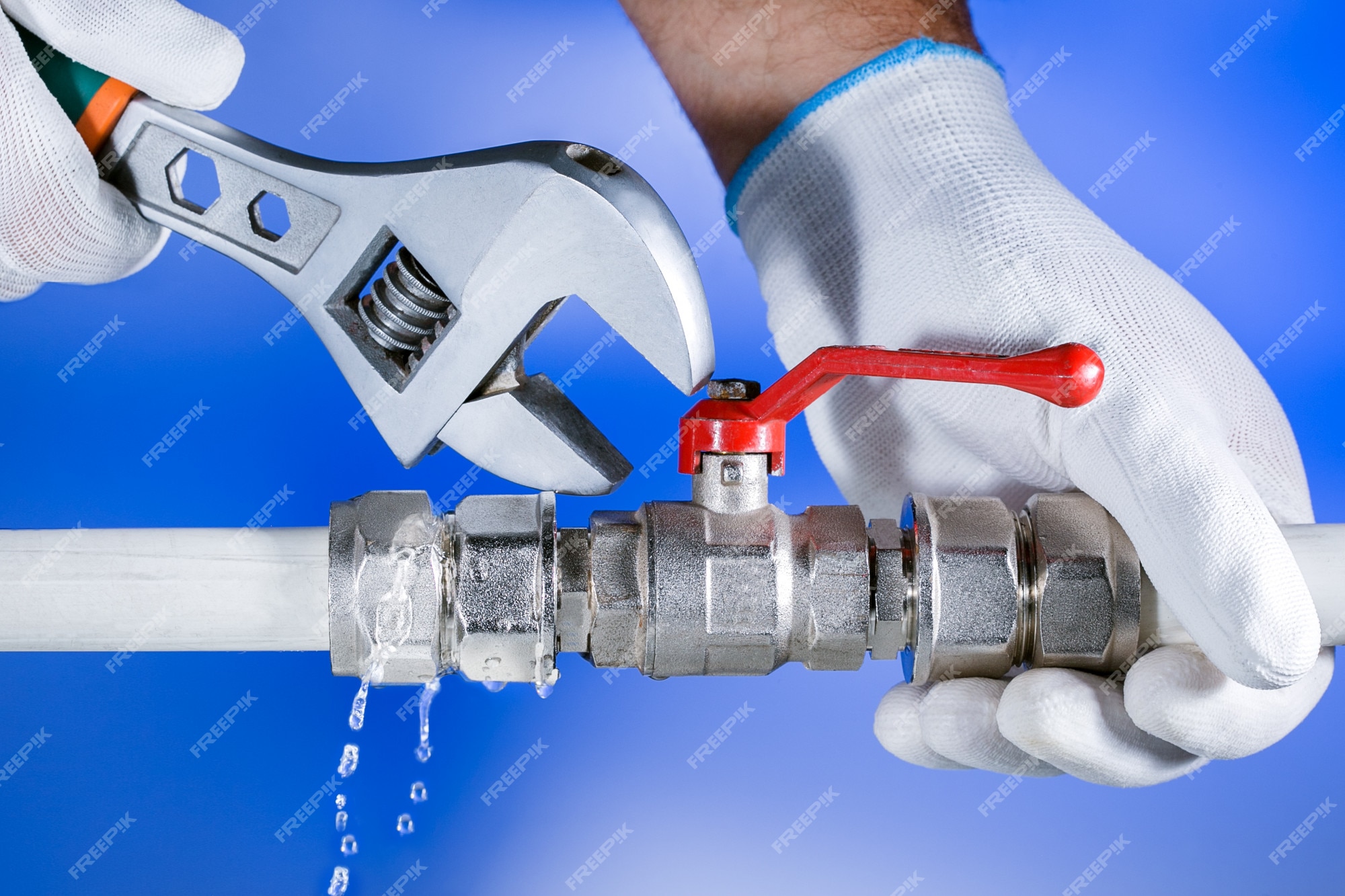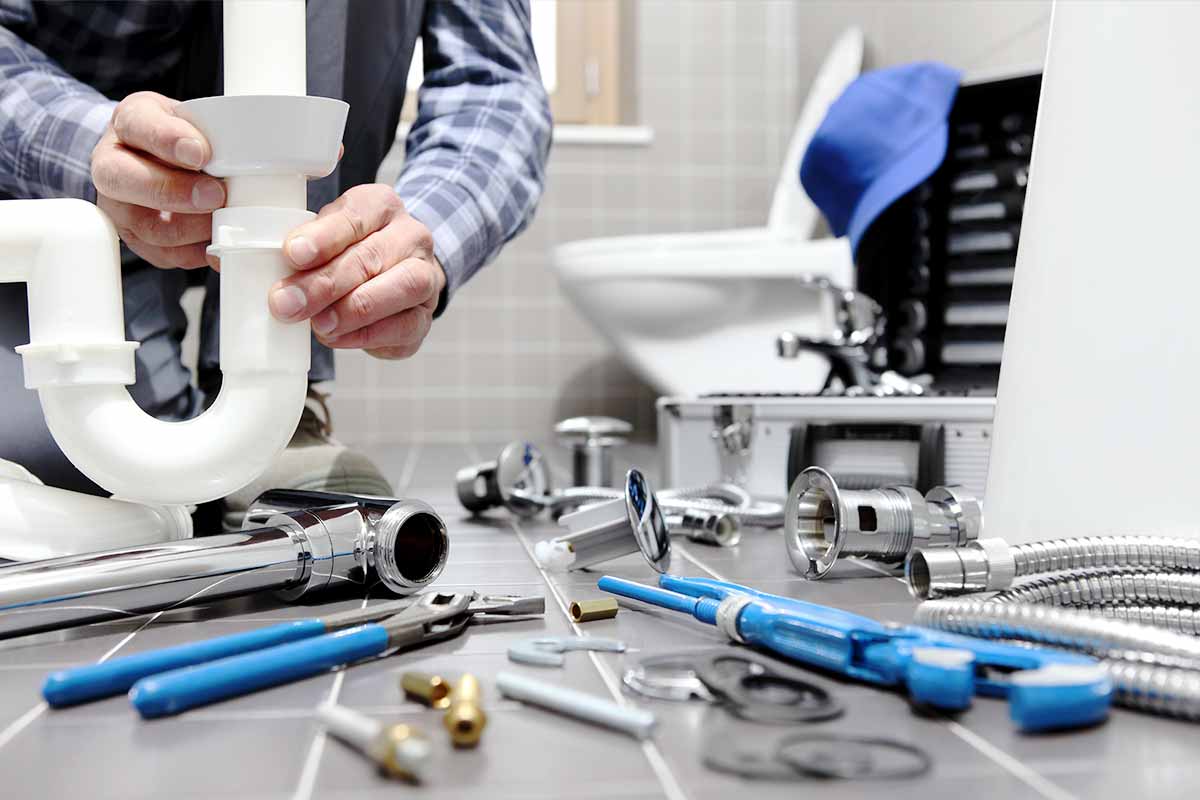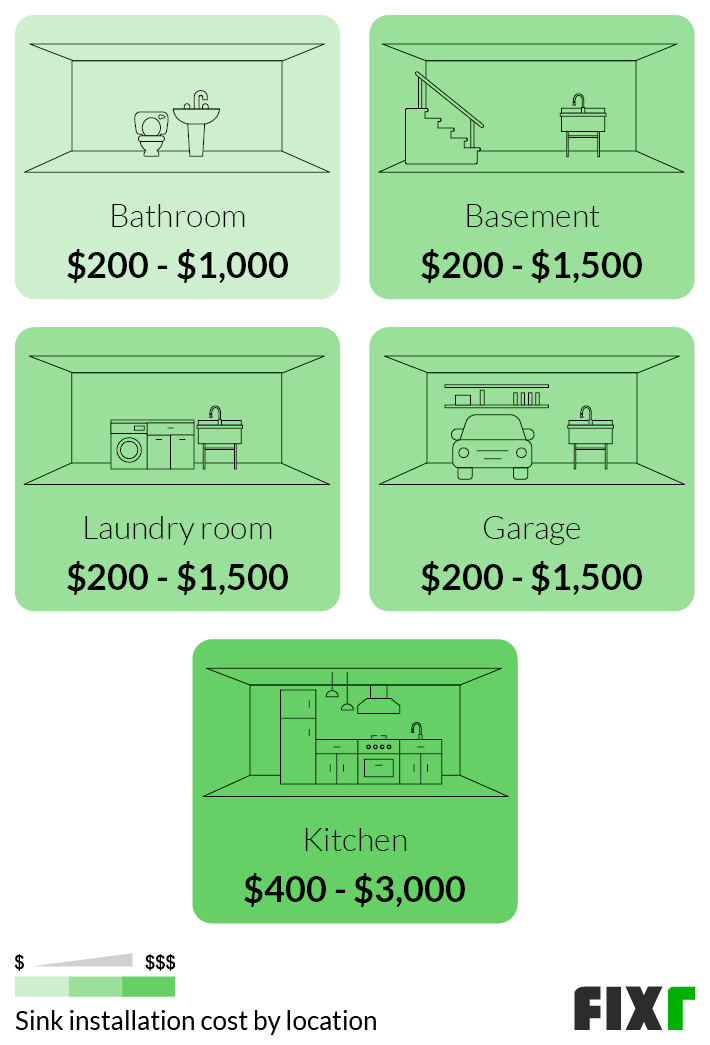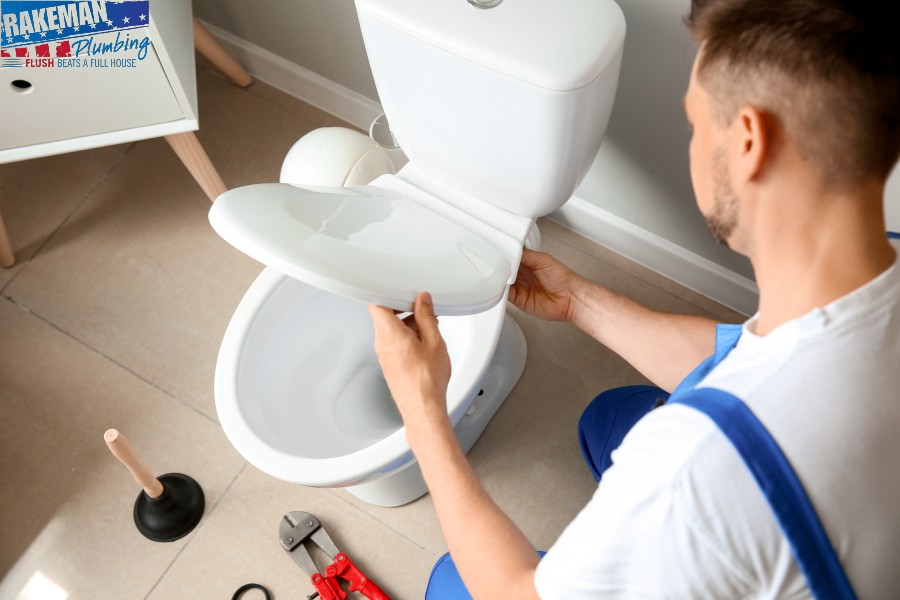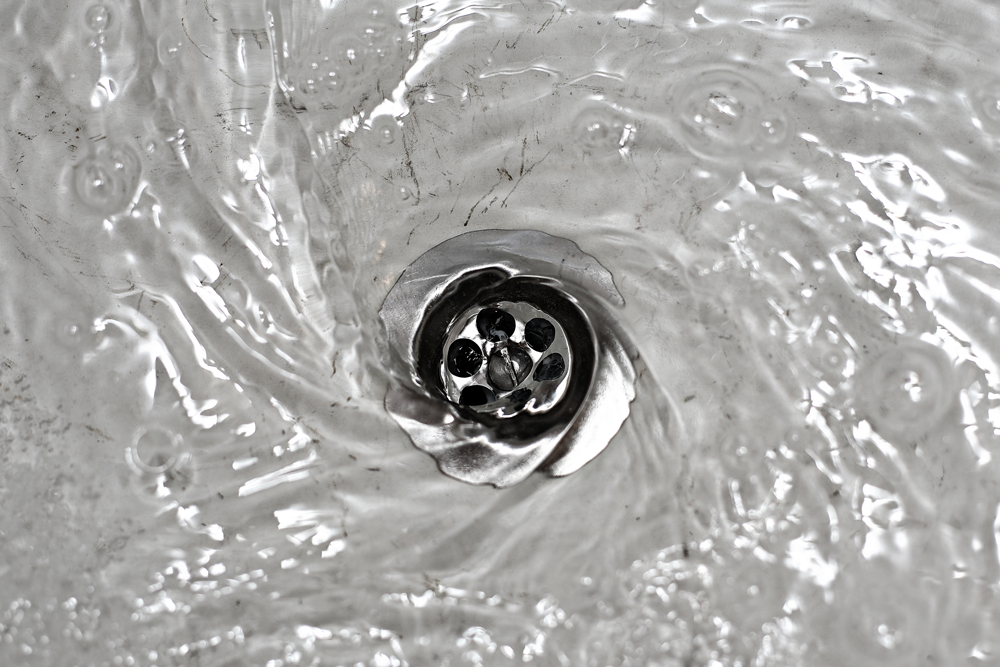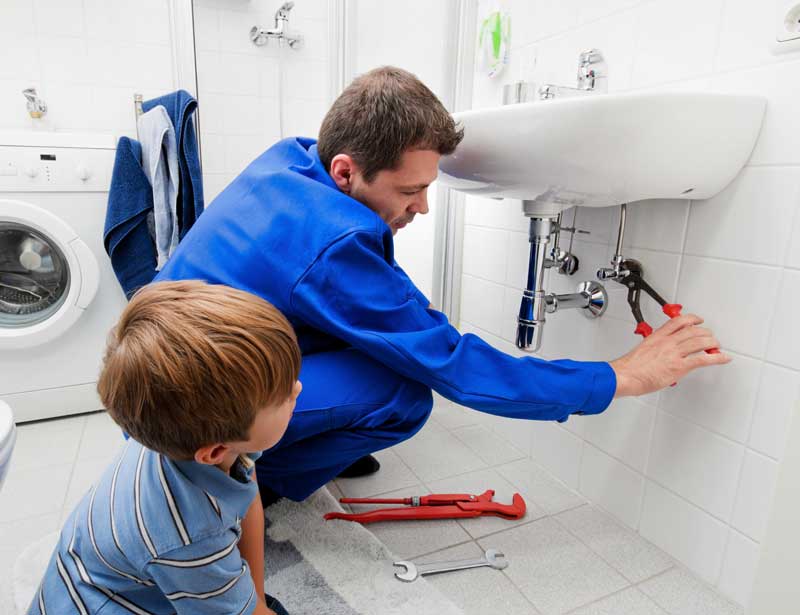Unblock a clogged bathroom sink
Dealing with a clogged bathroom sink can be a frustrating and messy task. But fear not, with the right tools and techniques, you can easily unblock your sink and have it working like new again. Here are 10 easy steps to follow to unblock a clogged bathroom sink and prevent future clogs.
How to unclog a bathroom sink
Before you start unblocking your sink, it's important to gather all the necessary tools. You'll need a plunger, a drain snake, a bucket, and some old towels or rags to catch any spills. Once you have everything, follow these steps to unclog your bathroom sink.
Clearing a blocked bathroom sink
If your sink is completely blocked and water is not draining at all, start by using a bucket to remove any standing water from the sink. Then, use a plunger to create suction and loosen the blockage. Make sure to cover the overflow opening with a wet cloth to ensure maximum suction.
Fixing a slow draining bathroom sink
If your sink is draining slowly, it's likely due to a buildup of hair and grime in the drain. You can easily fix this by using a drain snake to pull out any debris. Be sure to wear gloves and work slowly to avoid damaging your pipes.
Removing hair from a bathroom sink
Hair is one of the main culprits for clogged bathroom sinks. To prevent this, consider installing a hair catcher in your drain. If you already have a clog due to hair, you can use a mixture of baking soda and vinegar to break it down. Pour half a cup of baking soda followed by half a cup of vinegar down the drain, let it sit for 15 minutes, and then flush with hot water.
Using a plunger to unblock a bathroom sink
A plunger is a great tool for unclogging a bathroom sink. To use it, create a seal around the drain and pump it up and down several times. This will create suction and push the blockage through the pipes. Make sure to use a plunger specifically designed for sinks, as a standard toilet plunger won't be as effective.
DIY methods for unblocking a bathroom sink
If you prefer to use natural, DIY methods to unblock your sink, there are a few options you can try. Pouring boiling water down the drain can help dissolve any buildup or grease. You can also use a mixture of salt, baking soda, and vinegar to create a fizzy reaction that will help loosen the clog. Do this once a month to prevent future clogs.
Chemical drain cleaners for unclogging a bathroom sink
If DIY methods don't work, you can try using a chemical drain cleaner. However, be cautious when using these products as they can be harmful to your pipes and may not be safe for the environment. Make sure to follow the instructions carefully and use gloves and eye protection.
Professional plumbing services for unblocking a bathroom sink
If all else fails, it's best to call in the professionals. A plumber will have the necessary tools and expertise to unclog your sink and identify any underlying issues. Regular maintenance and inspections by a professional can also prevent future clogs and save you from costly repairs.
Preventing future clogs in your bathroom sink
Once you've successfully unblocked your sink, it's important to take preventative measures to avoid future clogs. Use a hair catcher in your drain, avoid pouring grease and food scraps down the sink, and perform regular maintenance using DIY methods or professional plumbing services. By following these steps, you can keep your bathroom sink running smoothly and avoid the hassle of dealing with a clog.
Unblocking a Bathroom Sink: A Simple Guide for Homeowners
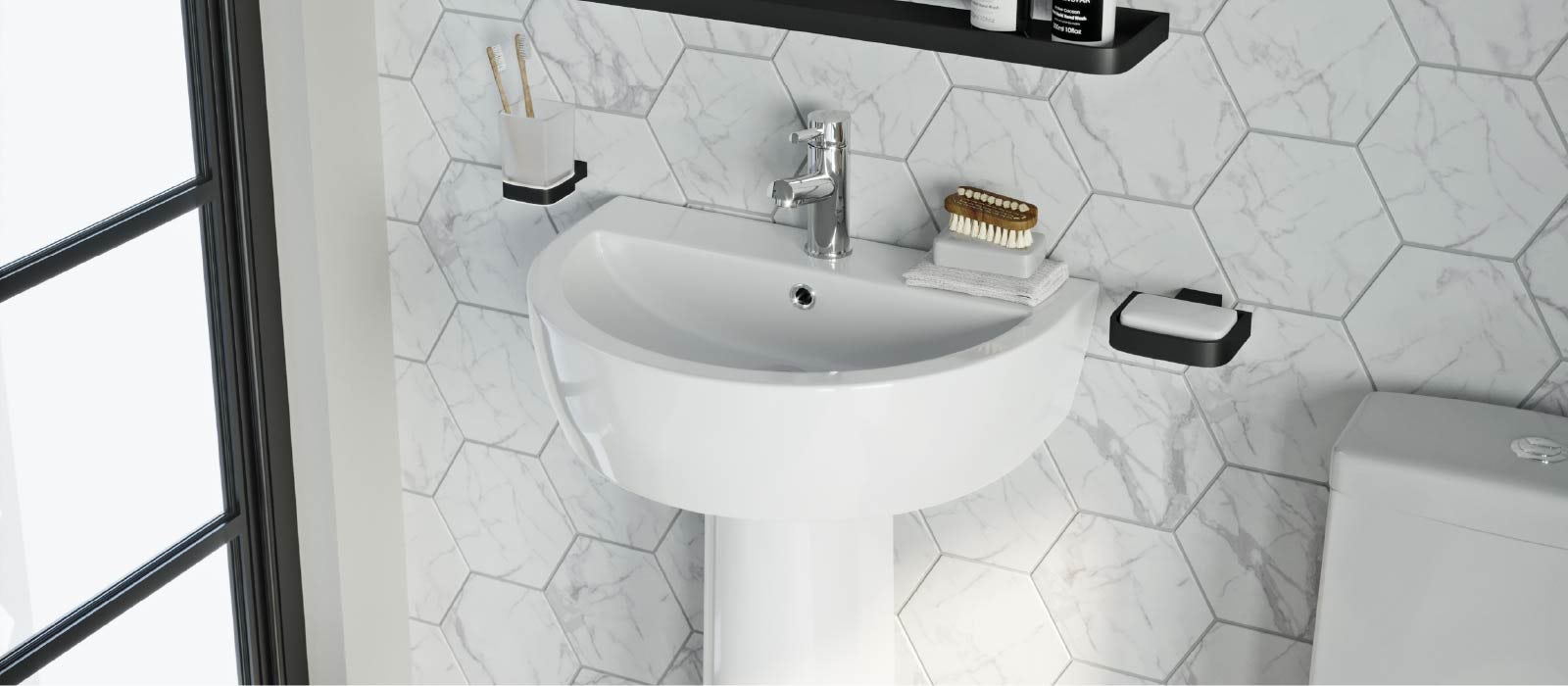
Why is My Bathroom Sink Blocked?
 A blocked bathroom sink can be a major inconvenience and can disrupt your daily routine. There are several reasons why your bathroom sink may become blocked, such as hair, soap scum, and other debris accumulating in the drain over time. This can lead to slow draining or a complete blockage. Ignoring a blocked sink can also cause more serious plumbing issues in the future, so it's important to address the problem as soon as possible.
A blocked bathroom sink can be a major inconvenience and can disrupt your daily routine. There are several reasons why your bathroom sink may become blocked, such as hair, soap scum, and other debris accumulating in the drain over time. This can lead to slow draining or a complete blockage. Ignoring a blocked sink can also cause more serious plumbing issues in the future, so it's important to address the problem as soon as possible.
Tools You Will Need
Step-by-Step Guide
 Now that you have your tools ready, here's a step-by-step guide on how to unblock your bathroom sink:
Step 1: Remove any visible debris
Start by removing any visible debris from the sink. This includes hair, soap scum, and other gunk that may be blocking the drain. Use a pair of rubber gloves to protect your hands while doing this.
Step 2: Use a plunger
If the blockage is not too severe, you can try using a plunger to dislodge it. Fill the sink with enough water to cover the rubber part of the plunger. Place the plunger over the drain and push down and then pull up repeatedly. This suction motion can help loosen and remove the blockage.
Step 3: Try a drain snake
If the plunger doesn't work, you can use a drain snake to manually remove the blockage. Insert one end of the drain snake into the drain and turn the handle in a clockwise motion. Keep pushing and turning until you feel the blockage loosen and come out.
Step 4: Use a mixture of baking soda and vinegar
If the blockage is caused by a buildup of grease or soap scum, you can try using a mixture of baking soda and vinegar to dissolve it. Pour half a cup of baking soda down the drain, followed by half a cup of vinegar. Let it sit for 15-20 minutes and then pour hot water down the drain to flush out the blockage.
Step 5: Call a professional
If none of these methods work, it's best to call a professional plumber. They have the expertise and specialized tools to tackle even the most stubborn blockages.
Now that you have your tools ready, here's a step-by-step guide on how to unblock your bathroom sink:
Step 1: Remove any visible debris
Start by removing any visible debris from the sink. This includes hair, soap scum, and other gunk that may be blocking the drain. Use a pair of rubber gloves to protect your hands while doing this.
Step 2: Use a plunger
If the blockage is not too severe, you can try using a plunger to dislodge it. Fill the sink with enough water to cover the rubber part of the plunger. Place the plunger over the drain and push down and then pull up repeatedly. This suction motion can help loosen and remove the blockage.
Step 3: Try a drain snake
If the plunger doesn't work, you can use a drain snake to manually remove the blockage. Insert one end of the drain snake into the drain and turn the handle in a clockwise motion. Keep pushing and turning until you feel the blockage loosen and come out.
Step 4: Use a mixture of baking soda and vinegar
If the blockage is caused by a buildup of grease or soap scum, you can try using a mixture of baking soda and vinegar to dissolve it. Pour half a cup of baking soda down the drain, followed by half a cup of vinegar. Let it sit for 15-20 minutes and then pour hot water down the drain to flush out the blockage.
Step 5: Call a professional
If none of these methods work, it's best to call a professional plumber. They have the expertise and specialized tools to tackle even the most stubborn blockages.
Preventing Future Blockages
 To prevent future blockages in your bathroom sink, make sure to clean it regularly and avoid pouring grease, oil, or food scraps down the drain. You can also use a drain cover to catch any hair or debris before it goes down the drain.
With these simple steps, you can easily unblock your bathroom sink and keep it functioning properly. Remember to always take proper precautions and seek professional help if needed.
To prevent future blockages in your bathroom sink, make sure to clean it regularly and avoid pouring grease, oil, or food scraps down the drain. You can also use a drain cover to catch any hair or debris before it goes down the drain.
With these simple steps, you can easily unblock your bathroom sink and keep it functioning properly. Remember to always take proper precautions and seek professional help if needed.




